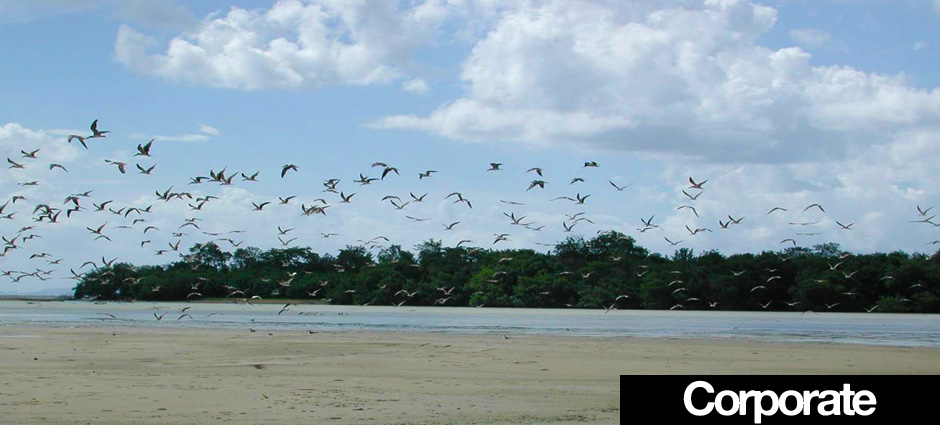Social Responsibility
PLIPDECO’s Corporate Social Responsibility programme includes a commitment to Protecting the environment.
The mangrove to the north of Port Point Lisas existed long before the Port was constructed. As the Port expanded, the growth slimmed the physical gap between the mangrove and the Port. With the addition of Berth 5 came the need for land reclamation. Approximately 33 hectares were reclaimed from the Gulf of Paria for the construction of Berth 5. The construction resulted in the removal of less than one (1) hectare of mangrove. However, since the construction of Berth 5, PLIPDECO has regenerated over 20 hectares of mangrove to the north of Port Point Lisas which is bordered by the coastline.
The mangrove was regenerated to the south of the Couva River giving it a constant source of freshwater. The site is also located in an area of natural accretion which facilitates growth and stability of mangrove seedlings.
The mangrove woodland community (flora) consists of four different types of mangrove: red mangrove (Rhizophora mangle), white mangrove (Laguncularia recemosa) and two species of black mangrove (Avicennia germinans and Avicennia schaueriana). Along the coast, a litoral woodland community consisting of mainly Seaside Mahoe can be seen.
The faunal diversity throughout the mangrove at Point Lisas is typical of mangrove systems throughout Trinidad. The mangrove generally consists of two species of reptile (caiman and iguana), one crustacean (fiddler crabs), two species of bivalves (mangrove oyster and mussels) and twenty five (25) species of avifauna (birds) including a flock of Scarlet Ibis (over 60 individuals have been spotted).




